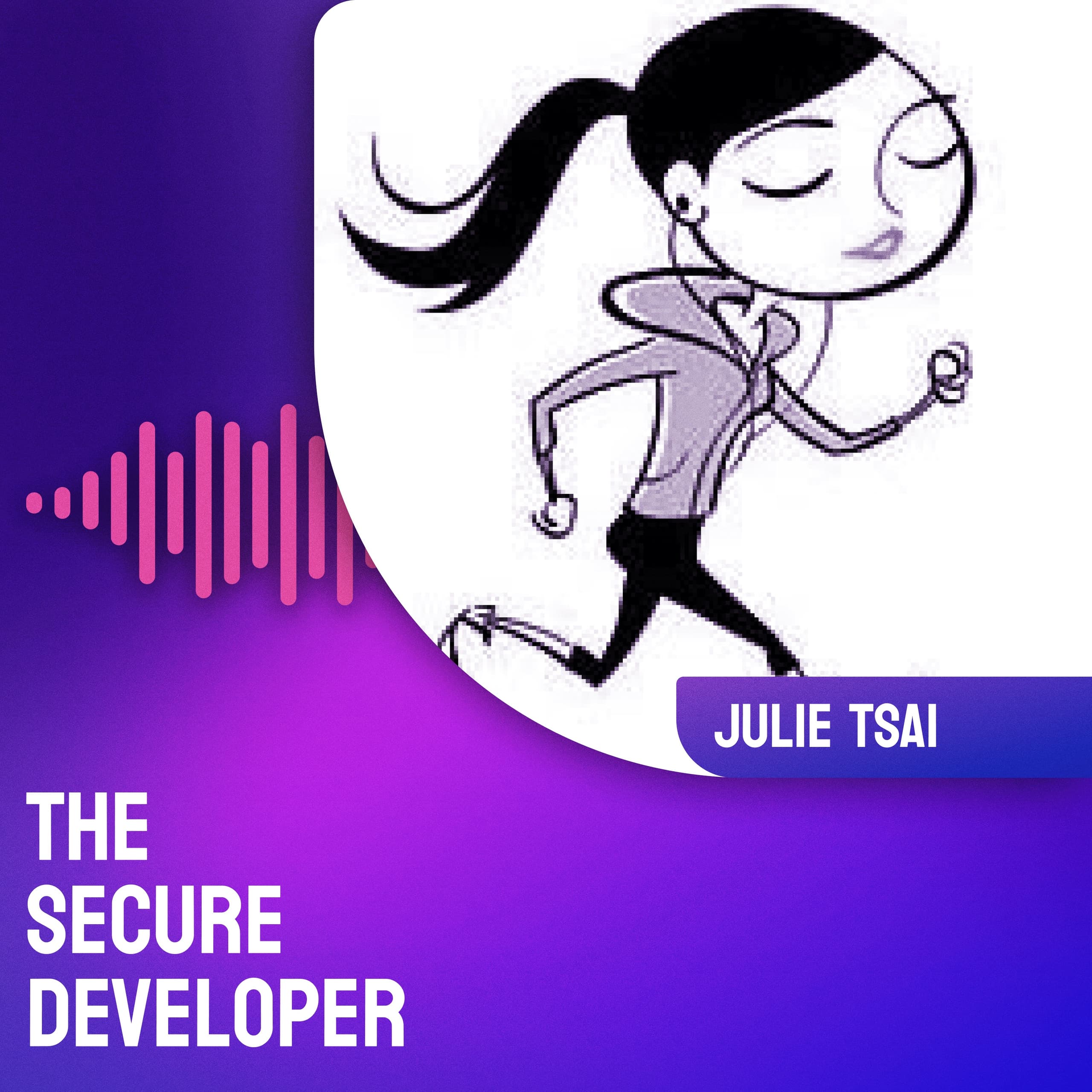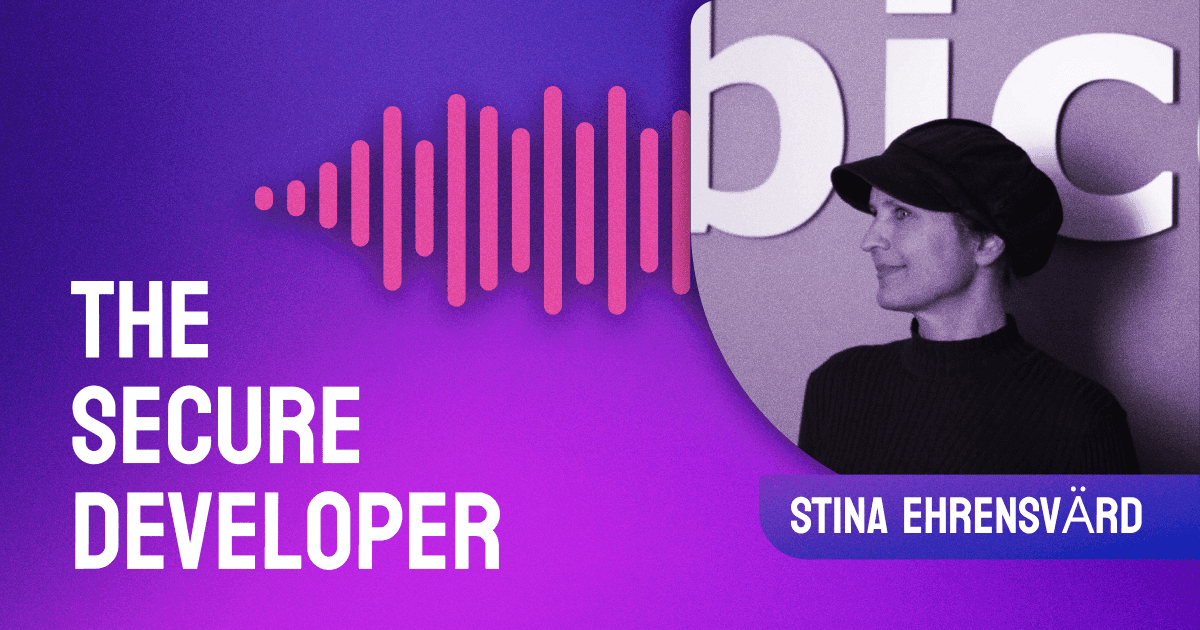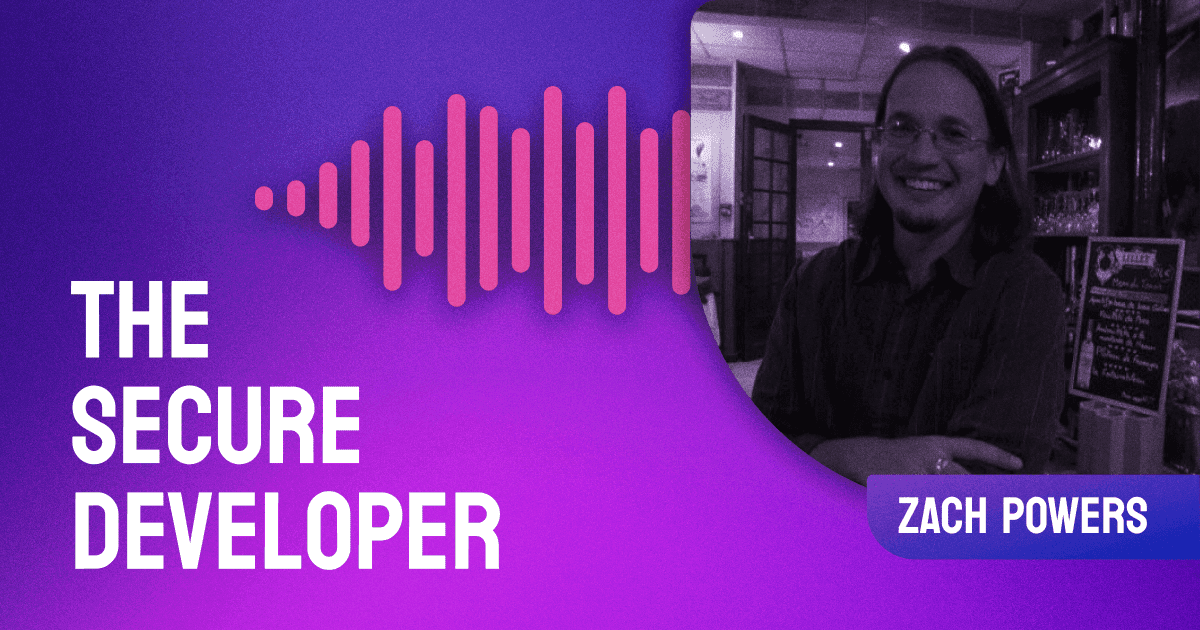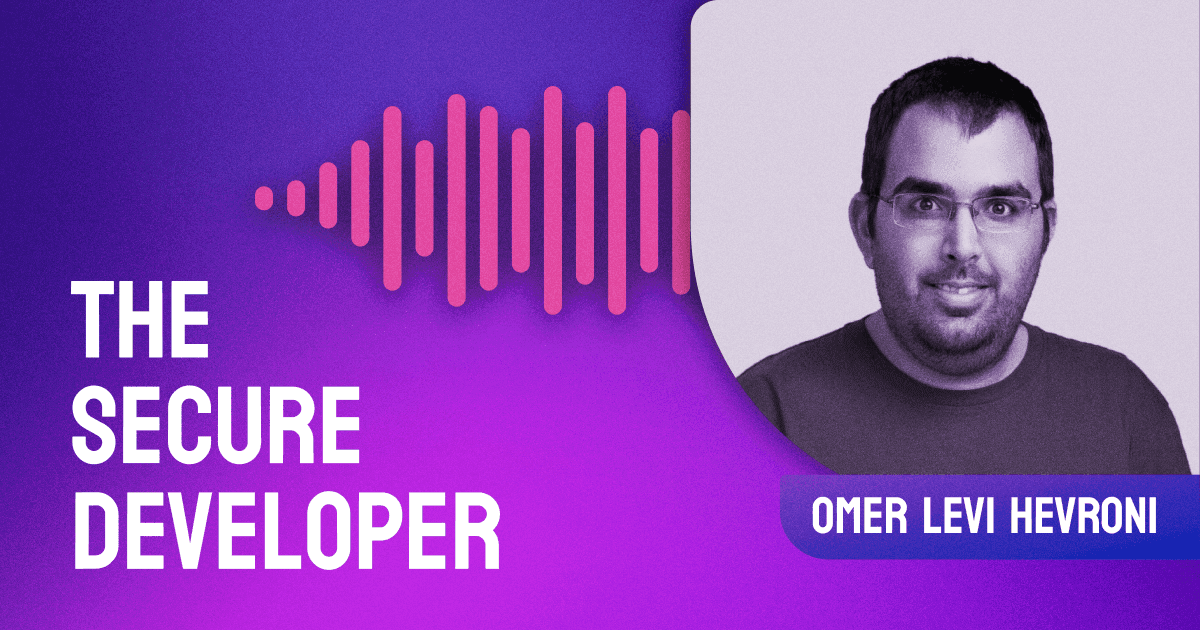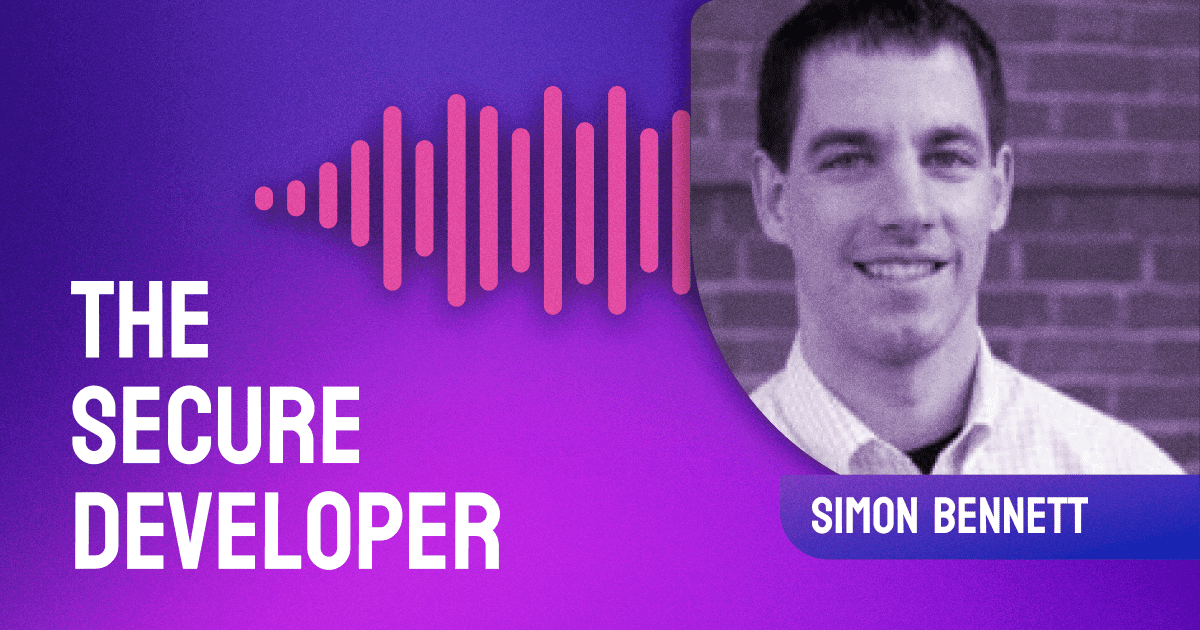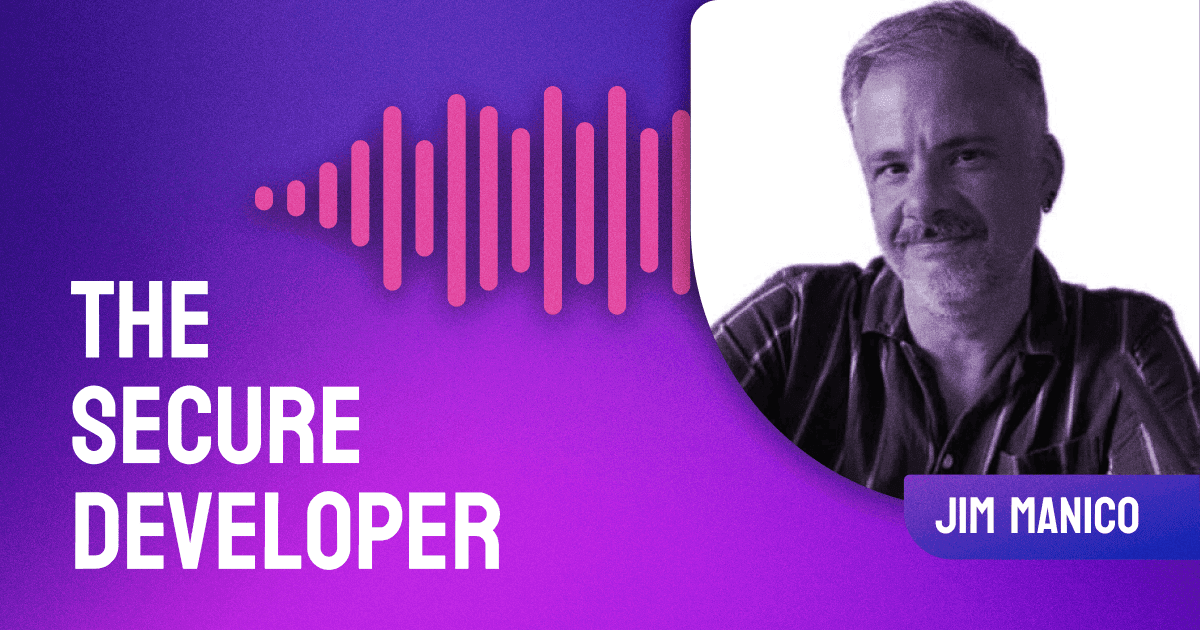In episode 21 of The Secure Developer, Guy meets with Julie Tsai, Cybersecurity Leader and DevSecOps Practitioner, to discuss ways to manage secure systems and bridge the gap between security and DevOps.
The post Ep. #21, Managing Security with Cybersecurity Leader and DevSecOps Practitioner Julie Tsai appeared first on Heavybit.
